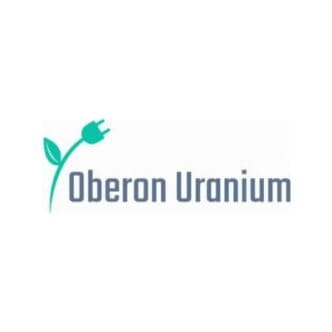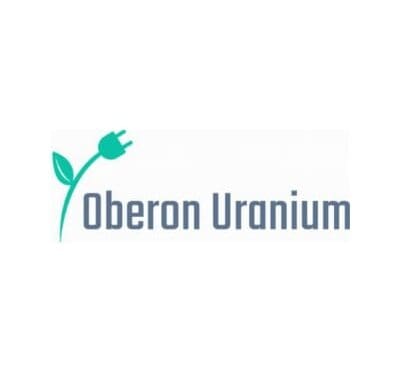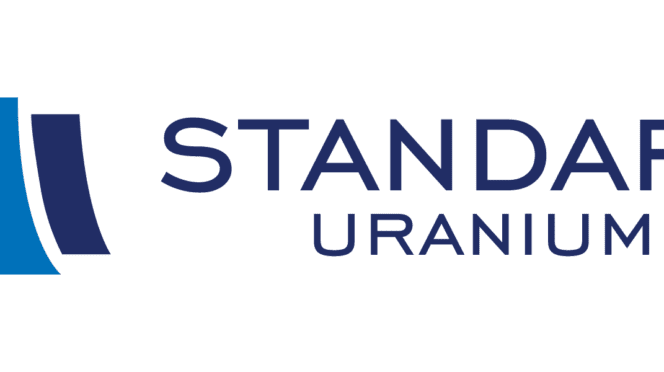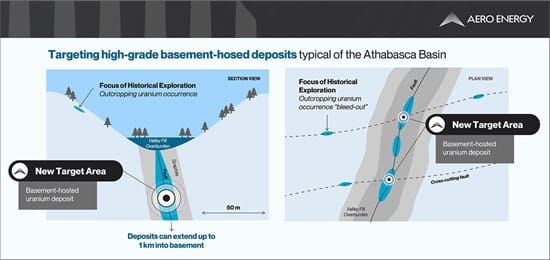Table of Contents Show
The uranium market has been on a remarkable journey, marked by both challenges and opportunities. Once considered a controversial energy source, uranium is now experiencing a renaissance as the world grapples with the need for clean, reliable, and sustainable energy sources.
A Brief History
The uranium industry has a storied past, with its roots tracing back to the early 20th century. Initially, uranium was primarily used for military purposes, but its potential as a fuel for nuclear power plants quickly became apparent. The industry experienced a boom in the 1970s and 1980s as countries around the world embraced nuclear energy as a solution to their growing energy demands.
However, the industry faced a significant setback in 2011 when the Fukushima Daiichi nuclear disaster in Japan raised concerns about the safety of nuclear power. Many countries reevaluated their nuclear programs, leading to a decline in demand for uranium and a subsequent drop in prices.
The Current Market Landscape

Fast forward to today, and the uranium market is experiencing a remarkable resurgence. Driven by a global push for clean energy and the need to combat climate change, nuclear power is once again being viewed as a viable and essential part of the energy mix.
Uranium prices have been on an upward trajectory, with the spot price reaching its highest level in over a decade. This surge in prices can be attributed to a combination of factors, including supply constraints, rising demand, and a renewed interest in nuclear power.
On the supply side, several major uranium mines have been brought back online or expanded to meet the growing demand. Companies like Cameco, one of the world’s largest uranium producers, have ramped up production at their operations in Canada and Kazakhstan. Meanwhile, new players like Global Atomic and Ur-Energy are making significant strides in developing their respective projects in Niger and Wyoming.
Key Players and Discoveries
The uranium market is home to a diverse array of companies, each playing a crucial role in meeting the world’s energy needs. Cameco, based in Canada, is a leading player in the industry, with operations spanning multiple continents. Other notable companies include Kazatomprom, the world’s largest producer of uranium from Kazakhstan, and Orano, a French multinational with a strong presence in the uranium mining and fuel cycle services sectors.
Exciting new discoveries and resource expansions are also fueling the industry’s growth. NexGen Energy’s greenfield discovery in Saskatchewan’s Athabasca Basin, one of the world’s most prolific uranium regions, has garnered significant attention. This discovery, along with others, highlights the potential for further uranium exploration and development.
Economic and Regulatory Factors
The resurgence of the uranium market is being driven by a confluence of economic and regulatory factors. As countries around the world strive to meet their decarbonization goals and transition to cleaner energy sources, nuclear power is increasingly being recognized as a crucial component of the energy mix.
Regulatory changes are also playing a role in shaping the market. Sweden, for instance, is considering lifting its long-standing ban on uranium mining, a move that could open up new opportunities for exploration and development. Similarly, the United States has implemented policies aimed at revitalizing its domestic uranium industry, citing national security concerns and the need for a reliable supply of nuclear fuel.
Emerging Technologies
The uranium industry is not just about mining and exploration; it is also a hotbed of innovation and technological advancements. Companies like Lightbridge Corporation are developing advanced nuclear fuel technologies that promise to increase the efficiency and safety of nuclear reactors. These innovations could potentially revolutionize the industry and further solidify nuclear power’s position as a sustainable energy source.
The Future Outlook
As the world continues to grapple with the challenges of climate change and energy security, the future of the uranium market looks promising. With a growing demand for clean energy and a renewed focus on nuclear power, the industry is poised for sustained growth.
However, challenges remain. Public perception and concerns about nuclear safety will need to be addressed through continued advancements in technology and rigorous safety protocols. Additionally, the industry will need to navigate the complexities of regulatory frameworks and geopolitical tensions that could impact the global supply chain.
Despite these challenges, the uranium market’s resurgence is a testament to the industry’s resilience and the world’s commitment to a sustainable energy future. As the demand for clean energy continues to rise, the uranium market is well-positioned to play a pivotal role in shaping the energy landscape of tomorrow.








